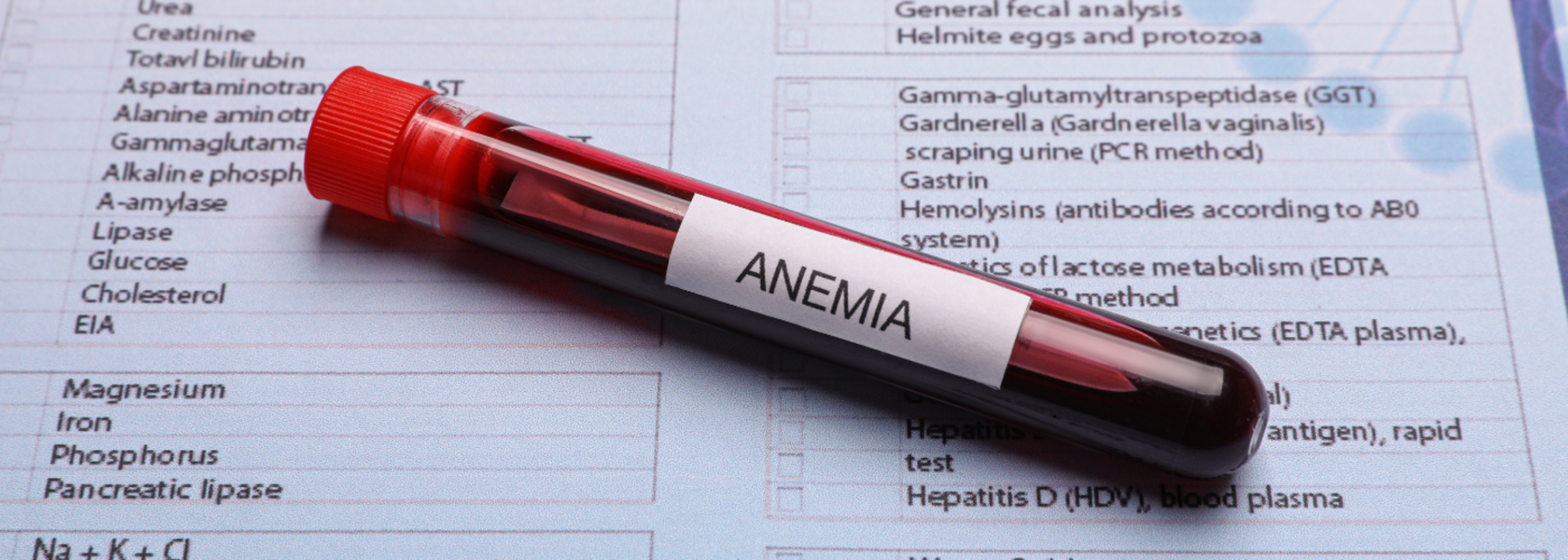South Asia Continues To Remain The 'Global Epicentre' Of Anemia Among Girls

Credits: Canva
SummarySouth Asia faces a major anaemia crisis, affecting over 259 million girls and women. The condition harms health, education, and economies—but coordinated, community-driven efforts can prevent and reduce its impact.
End of Article
